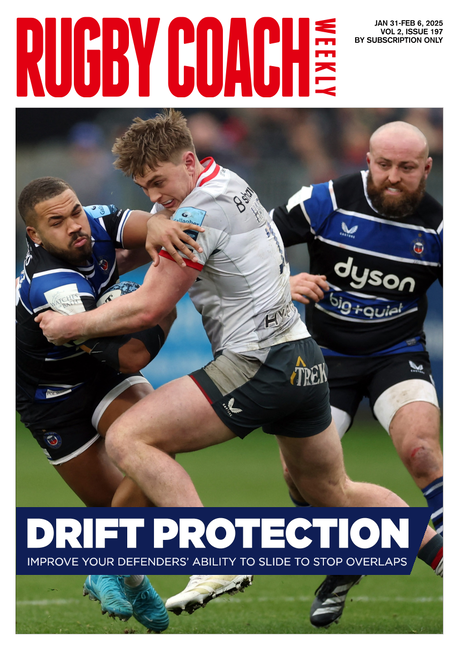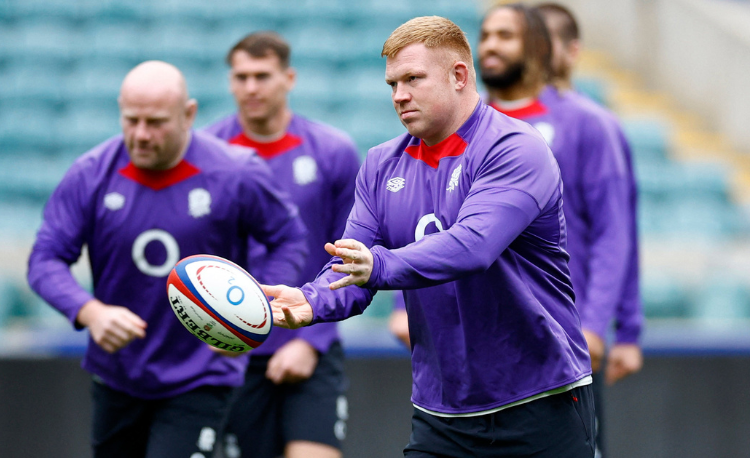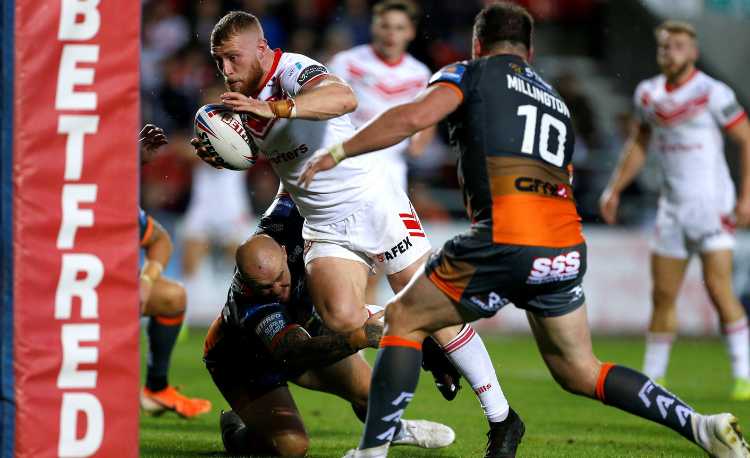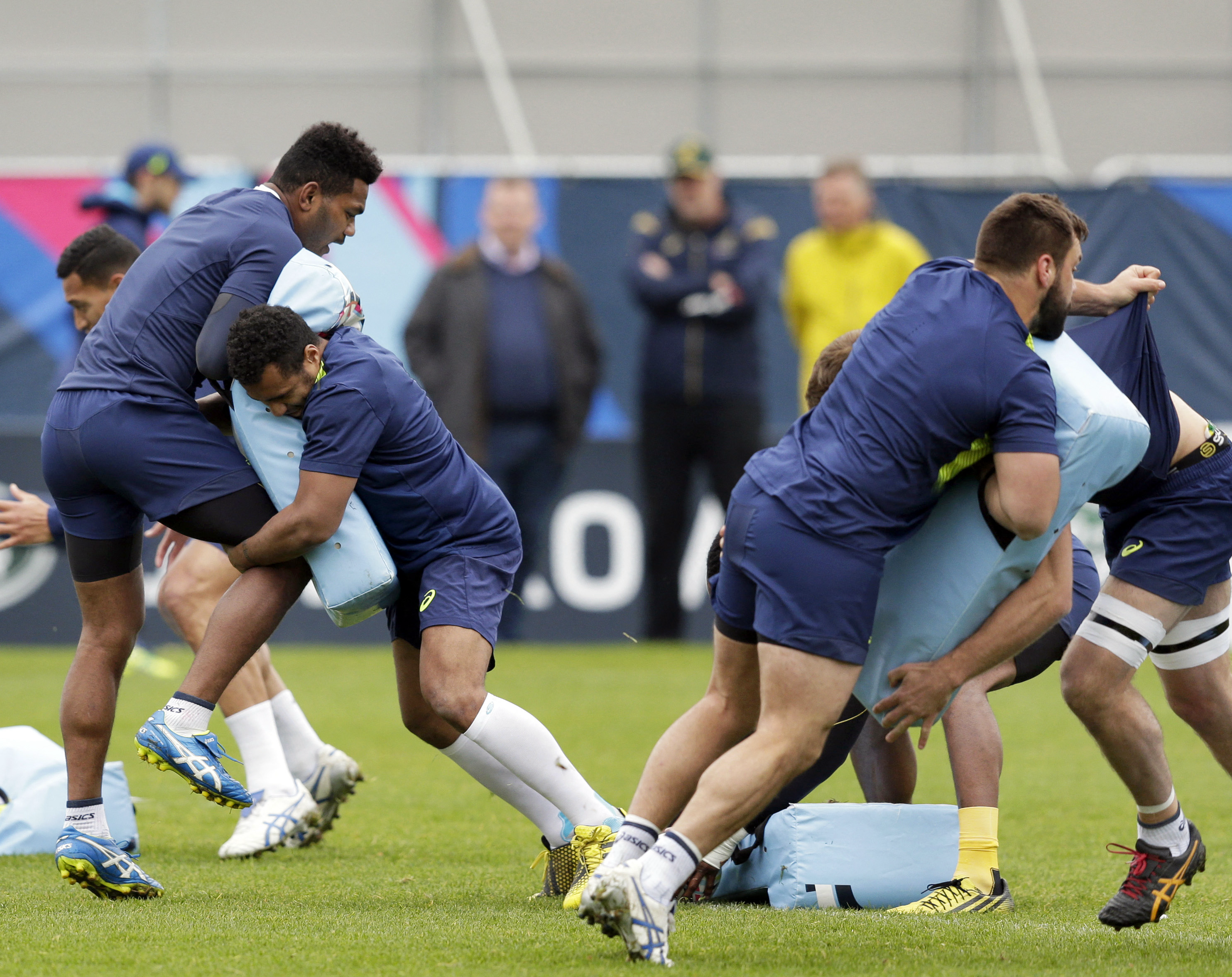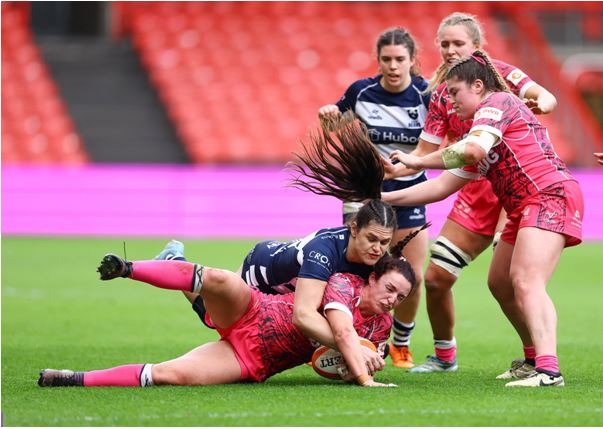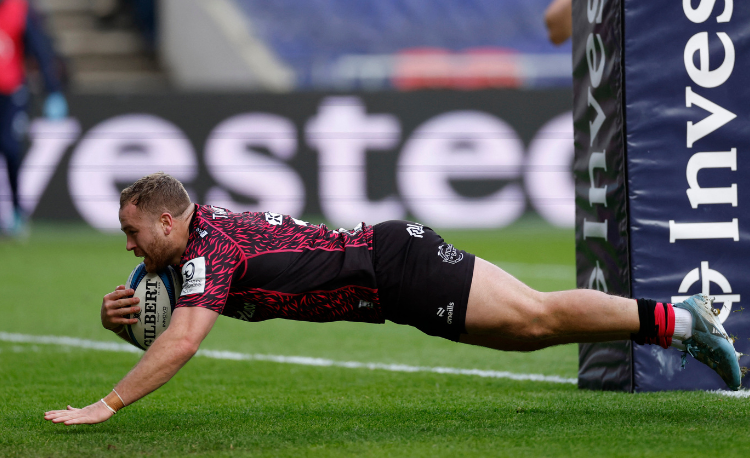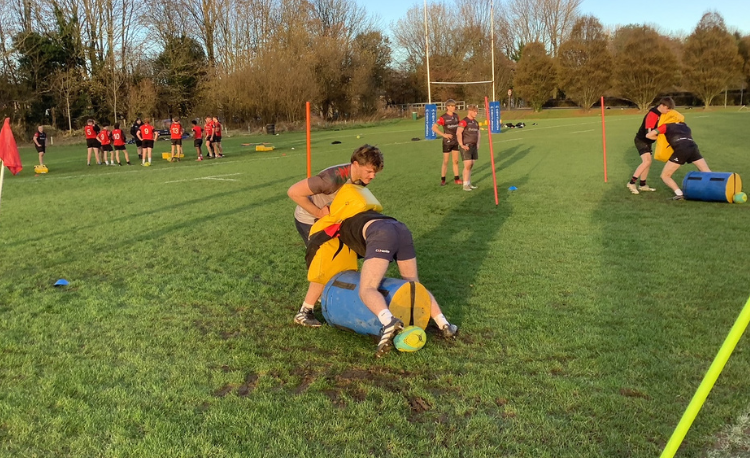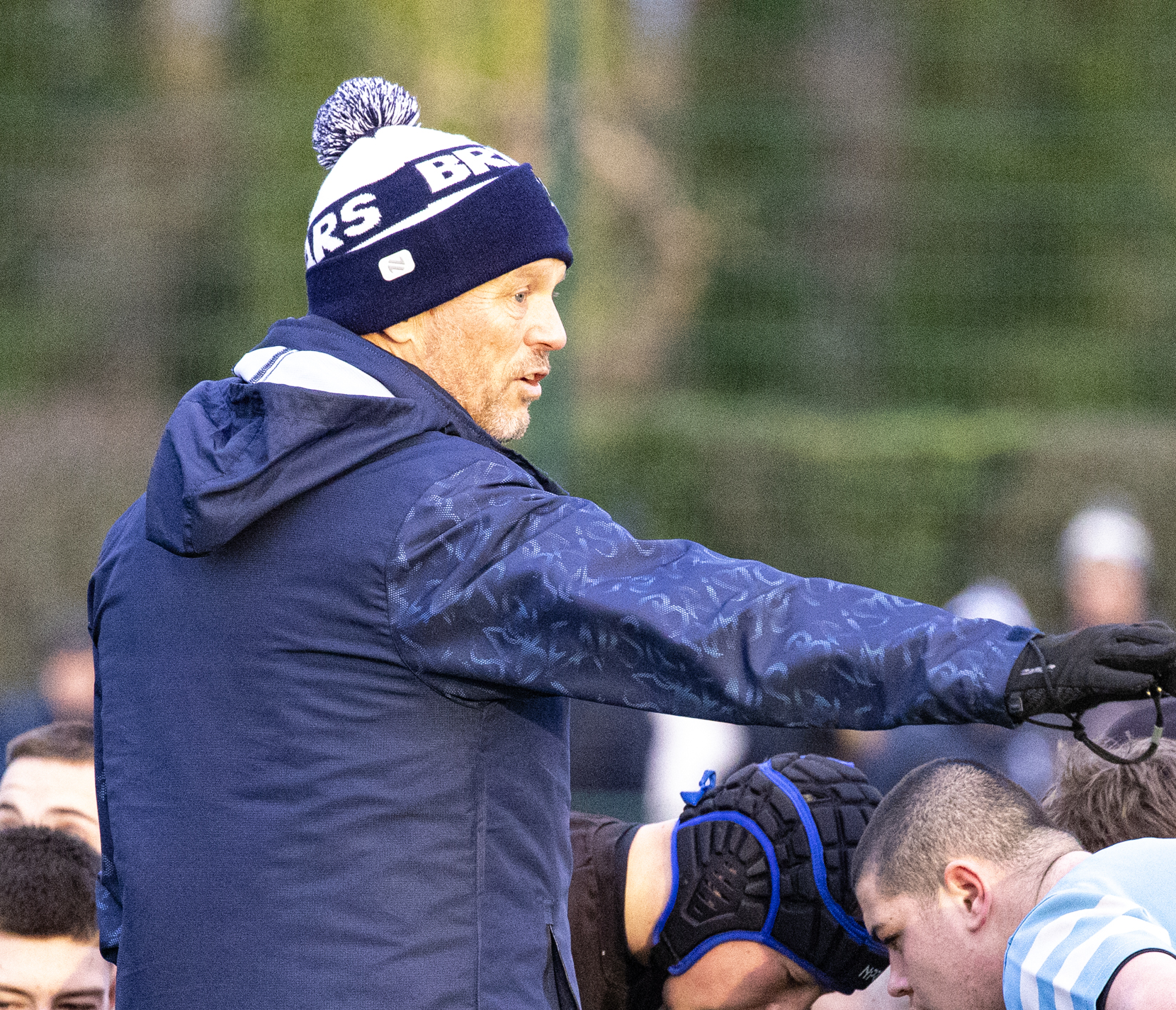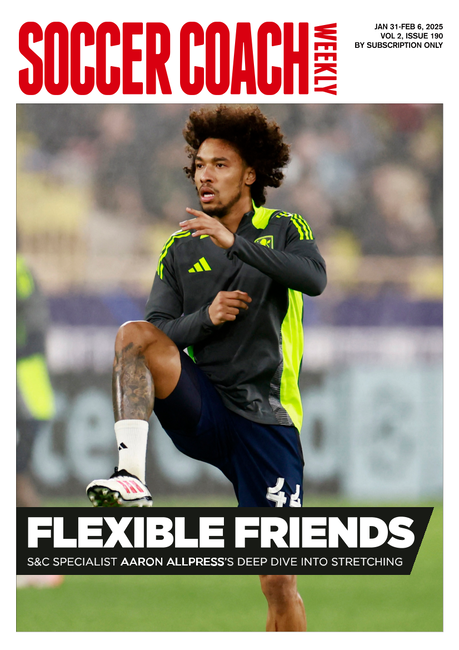The Undercover Coach: Stop chasing too many cats
 Our undercover coach who works at one of the best academies, and has access to the best pro-level coaches, fesses up. Last season, he and his coaching team asked too many questions, tried to cover too many moments of the game every session and found themselves checking our session plans constantly. This season it’s time to chase just one cat.
Our undercover coach who works at one of the best academies, and has access to the best pro-level coaches, fesses up. Last season, he and his coaching team asked too many questions, tried to cover too many moments of the game every session and found themselves checking our session plans constantly. This season it’s time to chase just one cat.
It’s said that if you chase five cats, you will never catch one. That thought significantly impacted my coaching team and me last season.

We were doing sessions the previous season where we’d say: “Okay, in this part of the practice, we’re going to go after this outcome, or this “cat”, then going to go after the next outcome (cat)". Then at the end, we’ll ask the players loads of questions, expecting to list these outcomes back to us.
I also had to constantly check the session plan to remind myself what I was now supposed to be looking for and what my expectations were.
We were trying to cover multiple areas: technical, tactical, physical, and emotional. It all became quite agitating. As a coach, you know you are at your best when you’re in flow and present with a session. That allows you to notice things and step in when appropriate, not look at this piece of paper the whole time.
PRACTICE REDESIGN
This season, we have redesigned our practice design. We’ve narrowed it down, and we’ll try and chase one cat across the practice. Our practice design will support us in exploring that cat (outcome) but across different forms. So, depending on what depth we want, it could be a small-sided game to start with. We’ll go after one cat at the start and see what it looks like. Then we might break it out and look at it in more isolation. Then we could put it into a bigger game. Essentially, we are using a balance of different types of practice to pursue a targeted outcome.
We found it liberating. We weren’t trying to cover lots of different areas where we were trying to explore many different outcomes (where the players have no idea what we’re trying to go after!).
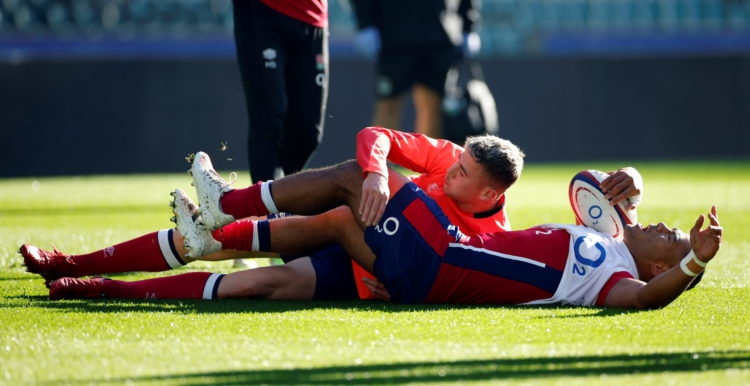
We are not looking at technical outcomes, but principles. For example, our tackle principle might be "get them to ground as quickly as possible".
PRINCIPLED CATS
The cat is a principle for us, not a technical outcome. It still then gives us the flexibility to explore that. It could be too rigid if we said: “Technically today, we’re going look at the breakdown, and we’re going to look at cleaning the breakdown with our head on the inside every time”.
For us, that would be too constraining. Instead, we coach principles through our shared game model, coached throughout the club.
An example might be how we fight to get the ball back on the floor – ‘Fight and snap’. This focuses on the ball player getting the ball back as far away as possible from a defender when on the floor. Why? Because the attack wants quick ball before the defence can get organised!
There are different ways of doing that. We must be careful with coaching techniques because there are specific solutions in certain moments, but not every moment. The principle guides towards a destination. How you do that will differ depending on who you are and where you are.
KEEPING THE CAT IN VIEW
You can’t become so obsessed with just that one cat, that one outcome. The skill as a coach is learning how and when to pick up on certain other areas that you’re noticing but not detract from the cat you said you have to catch by the end of the night; we have to catch this one.
For example, in a ball presentation “session”, a player gets their tackle height wrong. Does the rest of the team need to know about one individual’s error? Even if it is a common theme during the session, it is not the cat we are chasing. Therefore, we might notice it and mention it to the player or players in question. However, at the end of the session, all the players need to know which cat we’ve been chasing.

Lots going on in this practice. Do the players know what the key principle you were working on?
TWO CATS' LIVES
Depending on the group, there might be a forward and back-specific outcome. Plus, sometimes we go after maybe two outcomes if they are interlinked. Some of our principles are intertwined. We will talk about how each principle feeds the other and the importance of that.
For example, we wouldn’t look at chasing the feet in the tackle and catching the ball whilst moving.
THE SESSION DESIGN
We used a balanced and varied diet to explore that principle in the session. We wouldn’t just do four blocks of a game to chase that cat.
There is value in breaking it down a little bit, mainly if there’s contact involved. We aim to give players more opportunities to practise.
A small-sided game, for example, or an isolated practice gives way more repetition than a big 15-a-side game where you might get two or three opportunities.
Sometimes, we would show examples using video before training. In the past, we’ve shown them how they’re doing something poorly in a previous session or game. Instead, we offer them what an excellent or world-class example might look like. For instance, we would say: “I want you to watch this clip. It’s 30 seconds long. Look specifically at this moment we’re talking about or this game component, then tells us what you see.”
We encourage them to discuss it, and then we’ll draw it out of them. This gives us a shared understanding of the session and stimulates discussion around what we are looking at. More importantly, they know what good or excellent looks like as opposed to: “Lads, look how bad your ball presentation was in this session last week”.
But, as I’ve already said, we have a balanced diet in our approach. Sometimes, there’s enormous value in times of drawing out “the cat” in the session. We would go straight into a game, and if I don’t see that fight on the floor with good ball presentation, it will be a turnover, and I’m relentless on that.
I’ll see if I can draw it out of them. It keeps it engaging for the players. If we use the same approach every week where I pull them in to show clips, we lose that curiosity and that mystery around the game and what our sessions might entail.
Therefore, I’m also thinking: how many ways can I entice and stir that emotion to engage the learner?
STICKING TO THE CAT
While we have pre-set outcomes, I’m not a slave to the plan. You can’t be.
It comes down to your coaching craft, your ability to feel where they’re at. The priority of the session is to notice where the group are at.
We would plan progressions and how we might develop practices, but only if we feel that the group or the individual we’re working with is trending in the direction we’re happy with.
Let’s say we start with a small-sided game, perhaps 6-a-side at most. The players will get loads of repetitions. I can then dial up or dial down the “noise” in that game if we notice that the group is already progressing well or is struggling. For example, if we focus on catching and that’s going well, we might remove the “breakdown”. Instead of going to the ground, the player takes a knee and lifts the ball to the next player.
However, if the players progress well, we might make the pitch wider or change the number of defenders who can compete at the breakdown.
CHASE JUST ONE CAT EACH SESSION
- Reducing the number of possible outcomes allows space for players to learn and coaches to coach.
- However, the session should be a balanced diet of designs and interventions. Sometimes you will talk more; other times, you will let the players explore.
- At the end of the session, when you check in with the players, will they know clearly what they were focused on? It won’t mean you’ve caught that cat. But you will undoubtedly be making more progress than if you were chasing around in circles.
Related Files
Newsletter Sign Up
Coaches Testimonials

Gerald Kearney, Downtown Las Vegas Soccer Club

Paul Butler, Florida, USA

Rick Shields, Springboro, USA

Tony Green, Pierrefonds Titans, Quebec, Canada
Subscribe Today
Be a more effective, more successful rugby coach
In a recent survey 89% of subscribers said Rugby Coach Weekly makes them more confident, 91% said Rugby Coach Weekly makes them a more effective coach and 93% said Rugby Coach Weekly makes them more inspired.
Get Weekly Inspiration
All the latest techniques and approaches
Rugby Coach Weekly offers proven and easy to use rugby drills, coaching sessions, practice plans, small-sided games, warm-ups, training tips and advice.
We've been at the cutting edge of rugby coaching since we launched in 2005, creating resources for the grassroots youth coach, following best practice from around the world and insights from the professional game.


